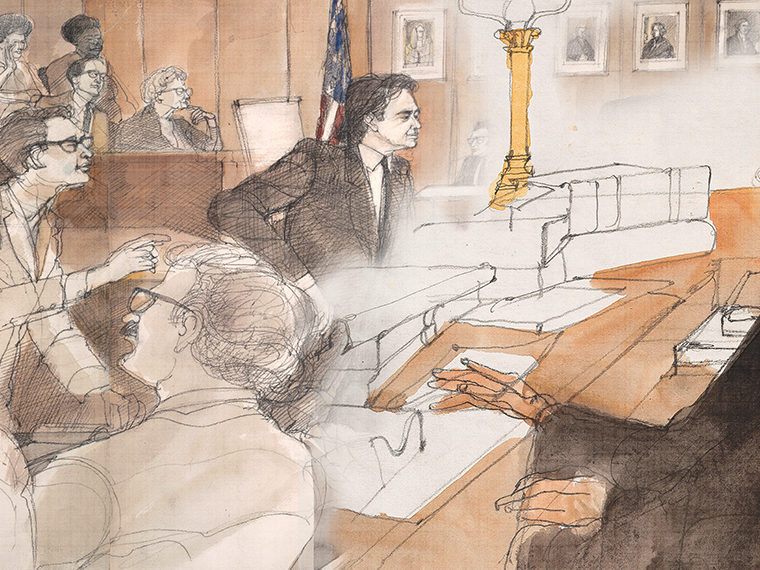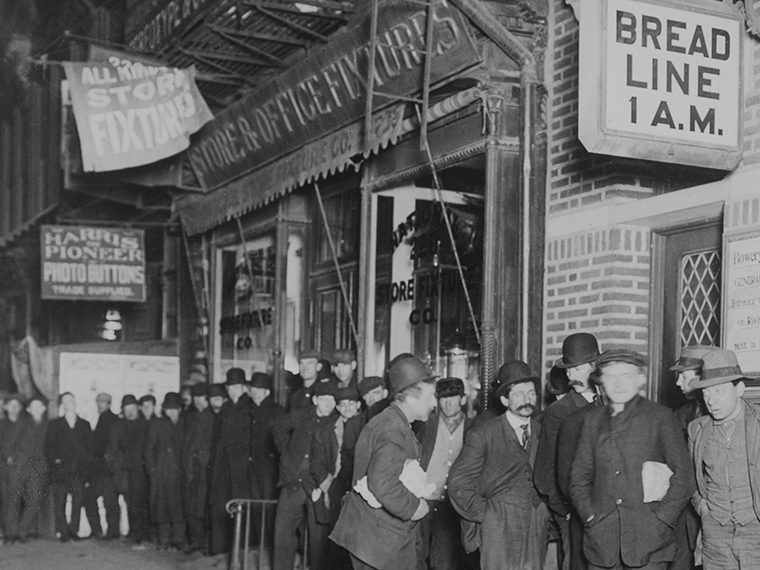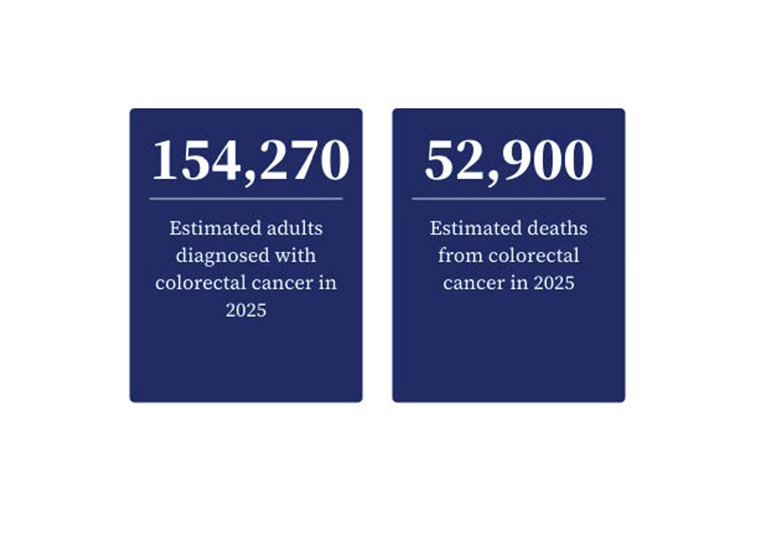Fandom doesn’t mean blindly following a franchise wherever it ventures or being a vocal cheerleader
As ubiquitous as it is today, binge watching only became a thing very recently, earning word-of-the-year honors from Collins Dictionary in 2015.
Freed from the shackles of appointment television — watching (or recording) episodes as networks dole them out one by one — streaming services Netflix, Hulu and Amazon Prime Video let us channel our inner couch potato and watch entire seasons (and seasons past) on demand.
By late 2017, Netflix announced that mere binge watching had given way to binge racing: bragging rights for polishing off a new season ASAP. In spring 2019, as the Game of Thrones end-of-days final season drew near, Hulu.com launched a Binge the Game sweepstakes to suck in anyone who needed to play catch-up, or who just wanted to relive the prior seven seasons.
Opt In to the Review Monthly Email Update.
The popularity of binge watching would seem to present a business opportunity for streaming services to leverage the intense viewer commitment. Indeed, Hulu recently announced plans to launch distinct advertising within shows tailored to binge watchers.
But a working paper by the University of Pittsburgh’s Mina Ameri, UCLA Anderson’s Elisabeth Honka and the University of Texas at Dallas’ Ying Xie suggests that the marketing opportunity is limited to specific types of shows and the availability of the next season. That, in turn, has implications for how streaming services might be able to leverage binger engagement to keep them connected to the site, and to foster sharing, rating and recommendations with an eye on viral word-of-mouth.
To suss out binging engagement, Ameri, Honka and Xie used a robust data set: active users of MyAnimeList.net, an online forum that attracts Japanese cartoon fans from around the globe. The researchers built a study sample of 35,000 active users who had disclosed their location.
There is no globally accepted definition of what constitutes binge viewing. A few years ago Netflix set a low bar: watching two episodes in a row without even delineating whether it was a half-hour or hour-long format. Ameri, Honka and Xie went for something more systematic. They divided the total hours of an anime season by the number of days it took the individual to complete the season. A user who watched a series for an average of more than three hours a day was deemed to binge; that works out to about eight 25-minute episodes per day. More than half of users watched a complete season within five days and nearly 20 percent polished off a season in a day or two.
Binge watching a season induces a viewer to watch a subsequent season only if that next season is ready to stream. The researchers report that when there is a sequel ready to queue up, among 75 percent of the bingers, binging leads to starting the next season. But if a binger had to wait for the next season to be released, starting that next season dropped to 54 percent.
Binging is far less effective at pulling viewers to spinoffs or remakes; less than one-third of individuals who binged a series season then took the leap to watch the tangentially related content.
Binge watching is a mixed bag in terms of its influence on a user to post a comment, assign a rating for a series or make a recommendation for content that she deems to be related to a given series.
There was no difference in the likelihood of posting a comment on a forum board; less than 1 percent of bingers and non-bingers bother to post.
Bingers were significantly less likely than casual viewers to assign a number rating, but when they did cough up a rating it was more positive than ratings by non-bingers.
Bingers were more forthcoming with recommendations. These are not outright positive reviews, but rather an insider’s take on content that seems related. ( Because you viewed A, maybe you’d be interested in B, C and D.) About 8 percent of binge viewers made recommendations, compared to 7.1 percent of non-binge viewers; the difference is statistically significant.
The researchers conjecture that the deeply immersive nature of binging leads to less overall sharing with other users.
“Due to bingers’ inclination to stay in the now,” write the researchers, “they tend to avoid any activities that distract them from watching the focal media product, including interactive engagement activities such as content creation and promotion of the focal media product.”
Featured Faculty
-
Elisabeth Honka
Associate Professor of Marketing
About the Research
Ameri, M., Honka, E., & Xie, Y. (2019). Binge-watching and media franchise engagement.






